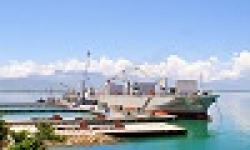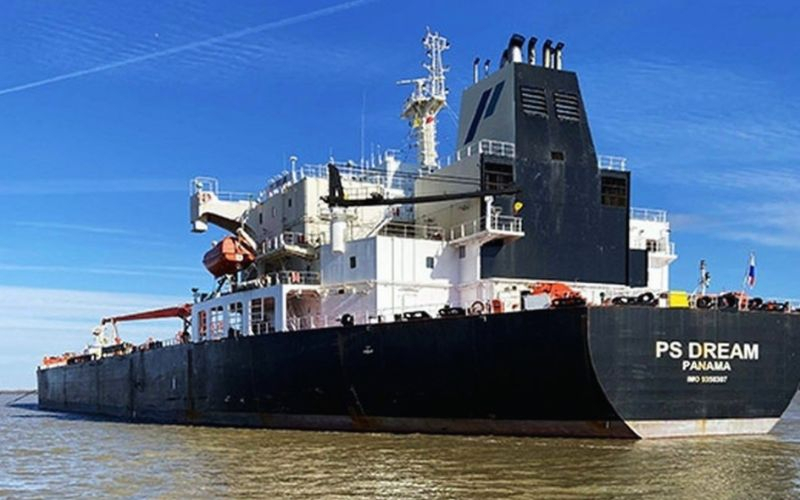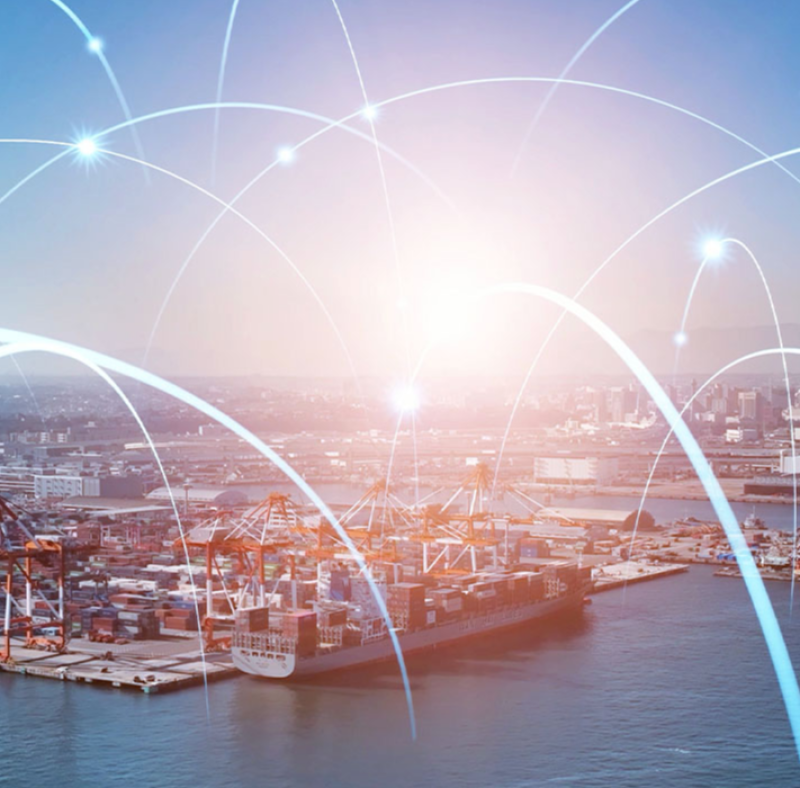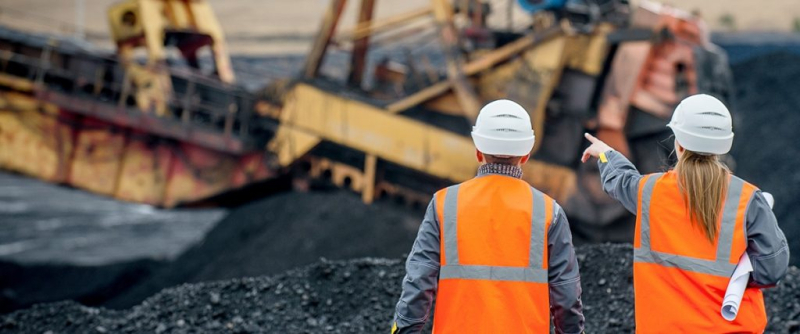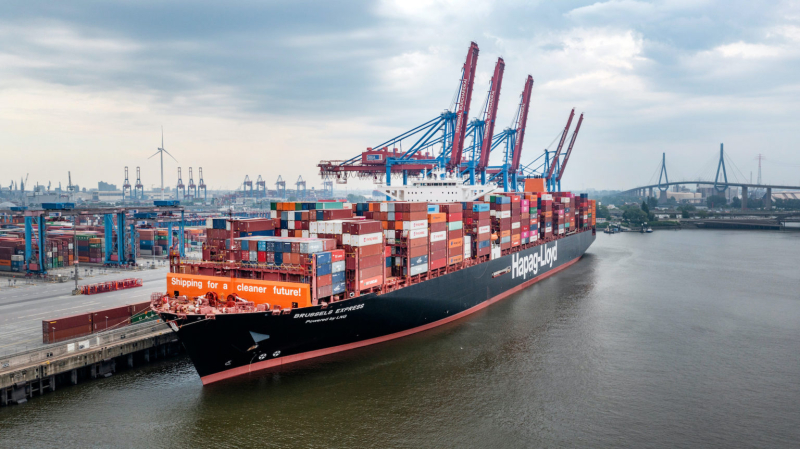President-elect Donald Trump has not dismissed the possibility of using military force to regain control of the Panama Canal, while leveling accusations of Chinese influence over the strategic waterway.
In a press conference at Mar-a-Lago, Trump was directly asked if he would consider military or economic measures against Greenland and the Panama Canal. His response was stark: “No… I can’t assure you on either of those two.”
Trump defended his position by underscoring the Canal’s significance, arguing that the Panama Canal was given to Panama and now it is being operated by China. This statement follows his recent criticisms of Panama’s canal tolls and supposed Chinese control.
What lies behind these statements by the new US President, and what are the strategic factors that have shaped Panama Canal’s operational focus?

The tension escalated after Panama established diplomatic relations with China in June 2017, which led to an influx of Chinese investments, particularly with the Canal’s expansion.
A report from the University of Navarre highlights China’s role as the primary supplier to the Colon Free Zone, the second-largest free zone globally, with annual imports and re-exports totaling US$16.16 billion.
Moreover, China has shown interest in expanding its infrastructure footprint by proposing a railway from Panama City to Chiriqui Province. Panama’s financial sector, known for its diversity, has also attracted Chinese banks, with institutions like the Bank of China setting up shop, potentially increasing the flow of Chinese capital in the region.
Concerns from US officials, as reported by The New York Times, focus on the two seaports at the Canal’s ends, operated by Hutchison Ports PPC, part of Hong Kong-based CK Hutchison Holdings.
Although a Strategy Risks report, also cited by The New York Times, found no direct connections between CK Hutchison and the Chinese Communist Party in Panama, the company’s operations have sparked security concerns due to its broader ties to China.
An expert from the US-China Economic and Security Review Commission noted in The New York Times that control over ports could yield significant political, economic, and surveillance benefits, particularly since 90% of US military cargo is transported via commercial ships, potentially providing port operators with insights into US military movements.
These developments suggest that the new US government considers the Chinese presence in such a crucial chokepoint as an important factor,that affects global maritime trade as it allows China to influence the operational and financial process of the canal.
The fact that a Chinese company operates in the port along with China’s financial infiltration in the banking sector of Panama has alerted Trump, amid global shifts in the container market and the potential emergence of a total trade war between the two powers.



